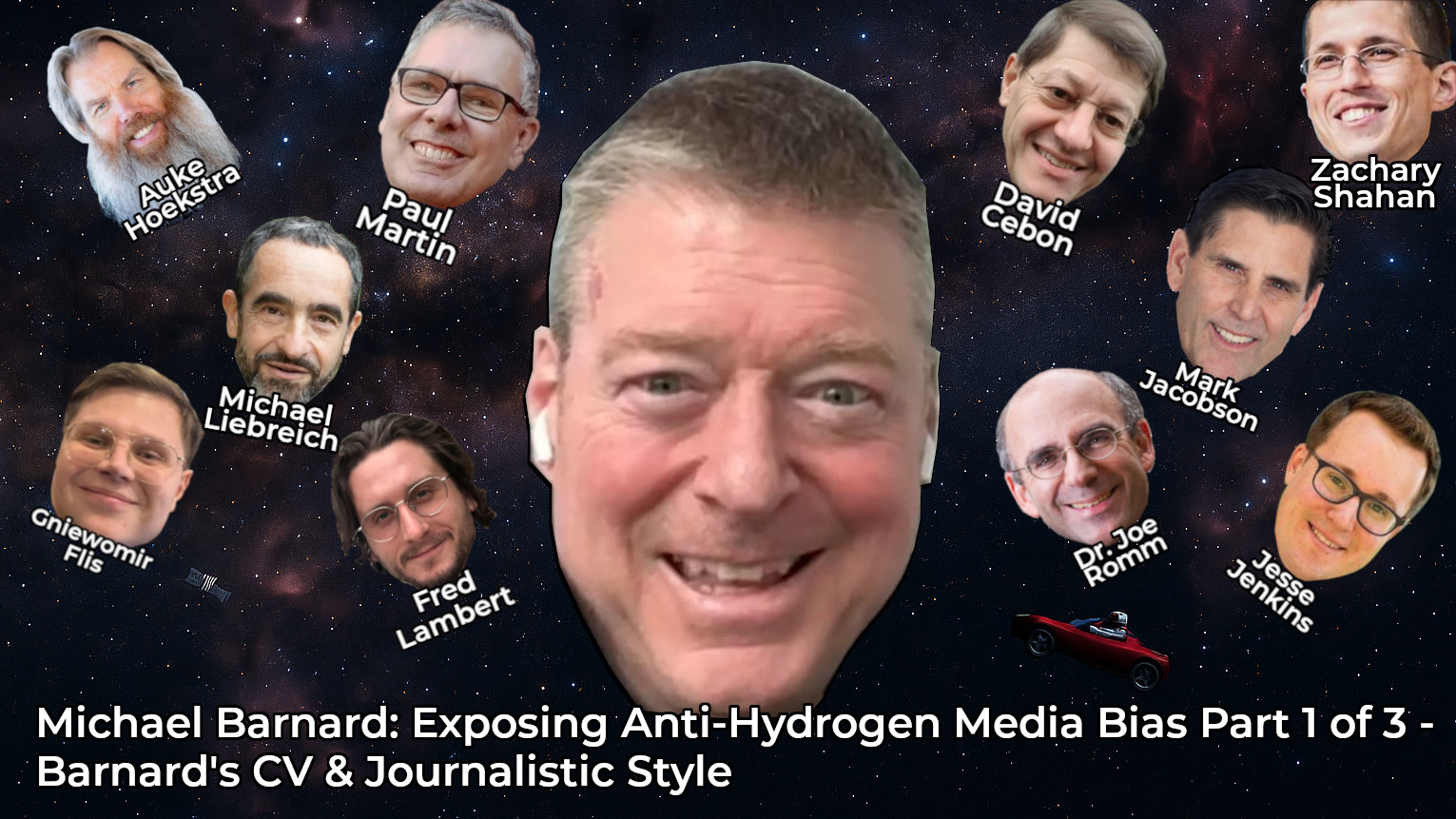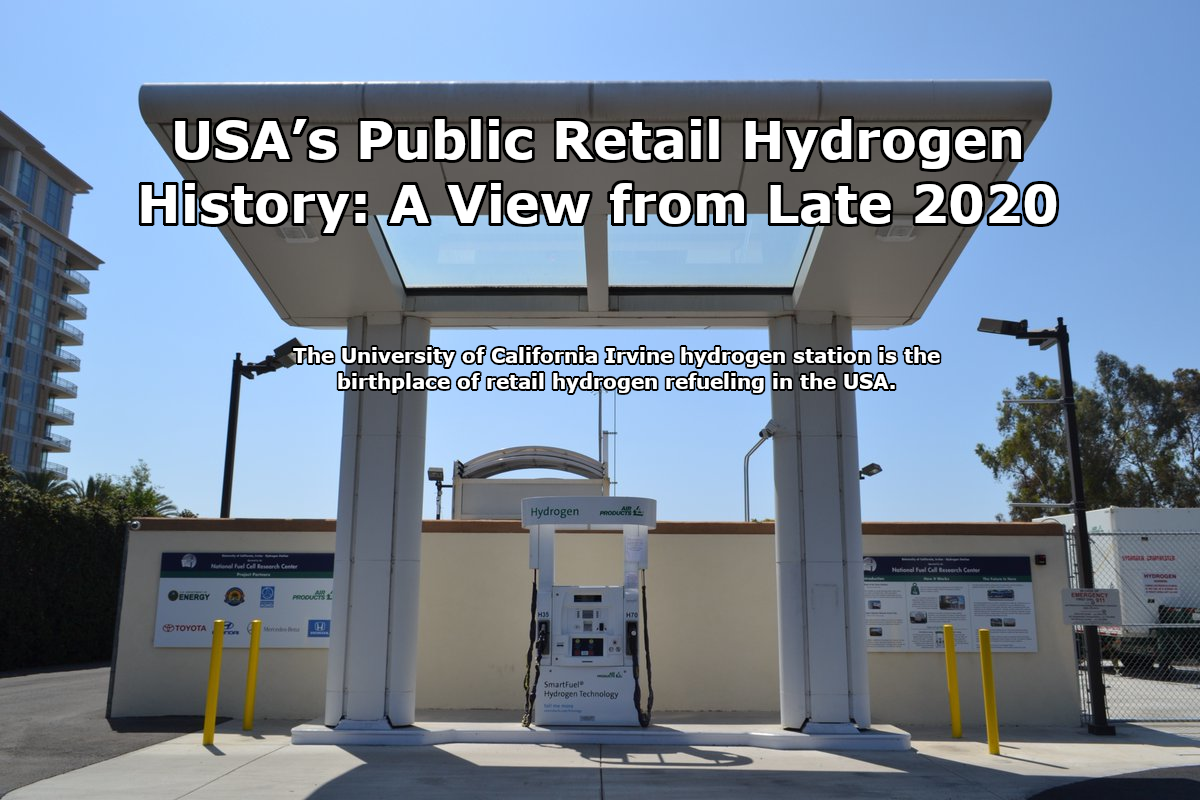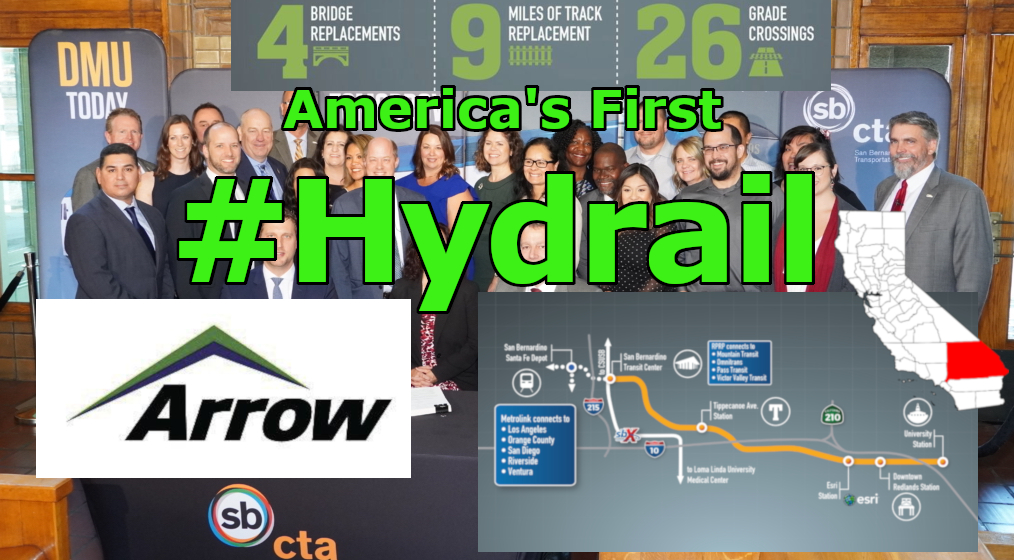Tag: economy
-

Michael Barnard: Exposing Anti-Hydrogen Media Bias Part 1 of 3 – Barnard’s CV & Journalistic Style
This is Part 1 of a three-part series titled: “Michael Barnard: Exposing Anti-Hydrogen Media Bias – Part 1 of 3 – Barnard’s CV & Journalistic Style” In this section, the topic and thesis statement for the series are introduced, along with Barnard’s curriculum vitae and journalistic modus operandi. We also explore how Barnard fits into…
-

RMP’s International LNG Map – 10th Anniversary Upgrade with Report
Introduction In the early 2000s, the United States was bracing for a natural gas shortage. Domestic production was in decline, and forecasts predicted a growing dependence on foreign energy. Against this backdrop, Cheniere Energy began developing their Sabine Pass facility in Louisiana as an import terminal for liquefied natural gas (LNG). This project aimed to…
-

Hydrogen and Water: Putting Consumption into Perspective
Introduction Hydrogen as a clean energy source has been the subject of increasing debate, with critics often citing the water consumption required for its production. While it is true that electrolysis—the process of splitting water into hydrogen and oxygen—requires water, the broader conversation about water usage is often neglected. Many of the same people who…
-

USA’s Public Retail Hydrogen History: A View from Late 2020
The new hydrogen stations opening in California are not like the ones from four years ago, they’re massive. These new stations have 1,200kgs of capacity & can be replenished in a couple of hours and keep on refueling. These new stations mark a step change in hydrogen refueling scale and represent a great time to…
-

Zero Emission Ammonia Production from Green Hydrogen
RMP’s new post about Zero Emission Ammonia Production from Green Hydrogen examines where we are in August 2020 with regard to scaling production of green hydrogen for green ammonia. Green Ammonia pilot projects are ongoing around the world but in this post, we examine why Australia is the world leader in green ammonia & how…
-

USA & CANADA QUARTERLY H2 INFRASTRUCTURE UPDATE 2020-Q1
RMPs USA & CANADA Quarterly H2 Infrastructure Report for Q1-2020 is off the press. The big story this Q is the new microgrid approval for Toyota’s Project Portal project. Also covered is the opening of the largest fast refueling h2 station in the USA at the Orange County Transit Authority located where MacArthur Blvd bisects…
-

USA’s First Hydrogen Passenger Rail – San Bernadino California
The Redlands Rail Project has commenced in California and soon will host the USA’s first hydrogen powered train. Not only that, Michigan State University played an important role in helping the San Bernadino County Transportation Authority decide on using hydrogen fuel cells. Click through to learn more about the first #hydrail project in America &…
-

Quarterly USA H2 Report Becomes Quarterly USA & Canada H2 Report
RMP is based near Detroit, Michigan. The Detroit River separates the City of Detroit & the City of Windsor. The Ambassador Bridge connects the two cities and soon the Gordy Howe International Bridge, a once in a generation undertaking, will be a second major bridge connecting the two cities. Windsor is my personal connection to…
-

USA Quarterly H2 Infrastructure Update 2018-Q2
H2 infrastructure is growing all across the USA and especially in California. New H2 stations are planned all across the East Coast too. RMP will now regularly be publishing a quarterly update of H2 infrastructure all across the USA to keep our readers informed of what’s going on. Check out our USA H2 Infrastructure Quarterly…
-

USA Quarterly H2 Infrastructure Update 2018-Q1
H2 infrastructure is growing all across the USA and especially in California. New H2 stations are planned all across the East Coast too. RMP will now regularly be publishing a quarterly update of H2 infrastructure all across the USA to keep our readers informed of what’s going on. Check out our first ever USA H2…
-

2016 Michigan Hydrocarbon Production Results – Full Year
RMP publishes 2016 hydrocarbon production data. Check out this post to see how much oil, natural gas, and NGLs were produced in Michigan in 2016. We have charts, graphs, and numbers and three different top 10 lists.
-

December 2017 – USA Public H2 Fueling Station Update
RMP will be publishing regular updates of our public hydrogen infrastructure map and data starting with this very post. Want to know what’s new with H2 infrastructure? Want to see the exact location of every public & private FCEV fueling location in America? Click through to read this post and check out RMP’s map.